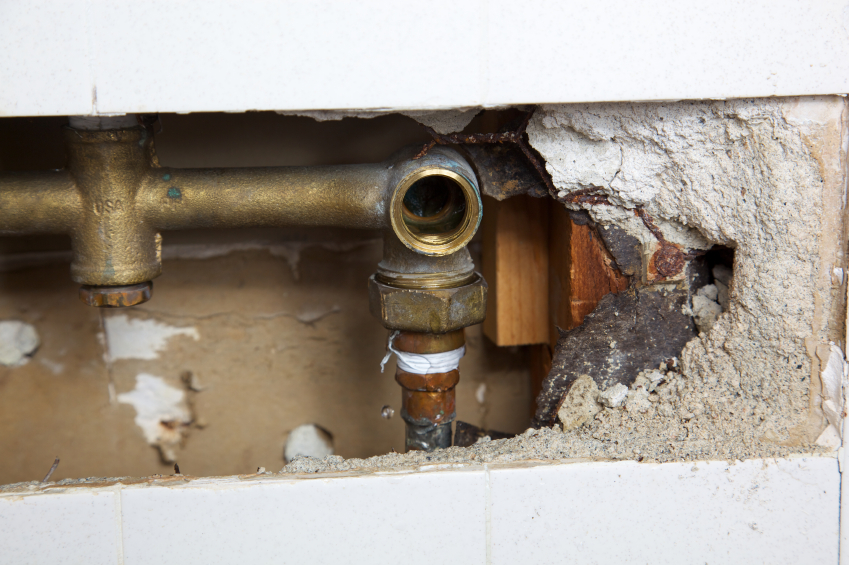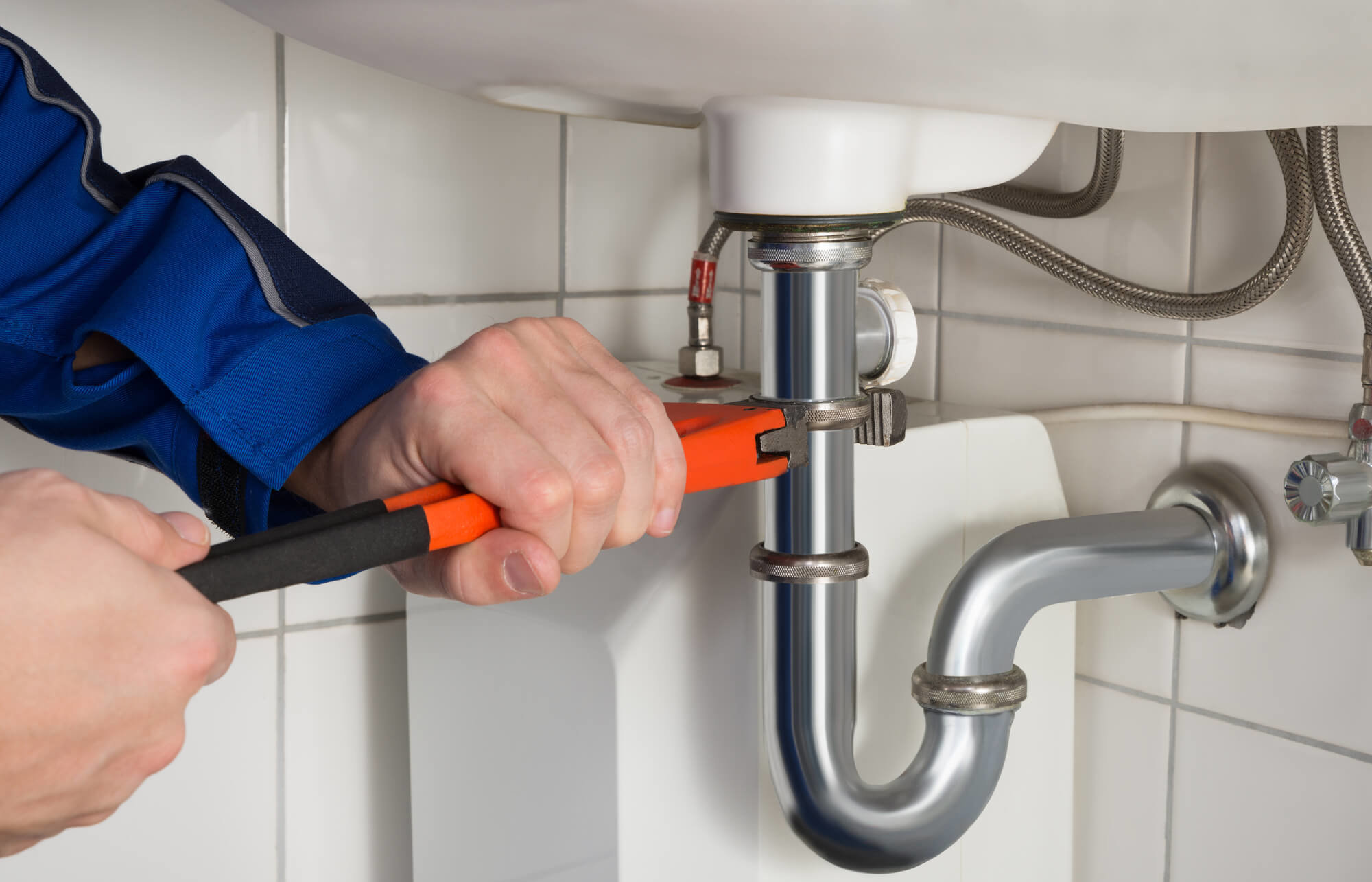Dealing with Residential Plumbing Disturbances Effectively
Dealing with Residential Plumbing Disturbances Effectively
Blog Article
How do you feel in regards to How To Fix Noisy Pipes?

To diagnose noisy plumbing, it is important to identify very first whether the unwanted noises happen on the system's inlet side-in other words, when water is turned on-or on the drainpipe side. Sounds on the inlet side have differed reasons: too much water stress, worn valve and also tap components, incorrectly connected pumps or other home appliances, incorrectly put pipe fasteners, and also plumbing runs consisting of too many limited bends or various other restrictions. Noises on the drainpipe side normally stem from inadequate location or, similar to some inlet side noise, a format having tight bends.
Hissing
Hissing sound that happens when a tap is opened slightly normally signals extreme water stress. Consult your regional water company if you suspect this problem; it will have the ability to inform you the water pressure in your area as well as can set up a pressurereducing valve on the incoming water pipeline if required.
Thudding
Thudding noise, often accompanied by trembling pipes, when a faucet or appliance valve is turned off is a condition called water hammer. The sound and also vibration are brought on by the reverberating wave of pressure in the water, which all of a sudden has no location to go. In some cases opening up a shutoff that discharges water rapidly right into an area of piping having a constraint, arm joint, or tee installation can create the exact same condition.
Water hammer can generally be healed by mounting fittings called air chambers or shock absorbers in the plumbing to which the trouble valves or taps are linked. These devices enable the shock wave developed by the halted flow of water to dissipate airborne they include, which (unlike water) is compressible.
Older plumbing systems may have brief vertical areas of capped pipeline behind wall surfaces on tap runs for the very same function; these can eventually loaded with water, reducing or ruining their effectiveness. The treatment is to drain the water system completely by turning off the major water system shutoff and opening up all faucets. Then open up the major supply shutoff and close the taps individually, beginning with the tap nearest the valve and ending with the one farthest away.
Chattering or Screeching
Extreme chattering or shrieking that happens when a valve or tap is activated, which typically vanishes when the installation is opened completely, signals loose or defective inner parts. The solution is to change the valve or faucet with a brand-new one.
Pumps and devices such as cleaning makers as well as dishwashing machines can transfer electric motor sound to pipes if they are poorly connected. Connect such things to plumbing with plastic or rubber hoses-never inflexible pipe-to isolate them.
Other Inlet Side Noises
Squeaking, squealing, scratching, snapping, and also tapping typically are triggered by the growth or contraction of pipes, generally copper ones providing warm water. The sounds take place as the pipes slide versus loosened fasteners or strike nearby home framework. You can frequently identify the area of the problem if the pipes are subjected; just comply with the noise when the pipelines are making sounds. Most likely you will find a loosened pipeline wall mount or a location where pipelines lie so near flooring joists or various other mounting pieces that they clatter against them. Attaching foam pipe insulation around the pipelines at the point of call ought to treat the issue. Make sure straps and also hangers are safe and supply ample assistance. Where possible, pipeline fasteners should be affixed to enormous architectural components such as foundation walls instead of to framing; doing so decreases the transmission of resonances from plumbing to surface areas that can intensify and move them. If affixing fasteners to framework is inescapable, wrap pipelines with insulation or various other durable product where they speak to fasteners, and also sandwich completions of new bolts between rubber washers when mounting them.
Dealing with plumbing runs that experience flow-restricting tight or many bends is a last option that ought to be undertaken only after seeking advice from a skilled plumbing service provider. Sadly, this situation is relatively typical in older homes that might not have been developed with interior plumbing or that have seen a number of remodels, specifically by beginners.
Drain Sound
On the drain side of plumbing, the principal objectives are to eliminate surface areas that can be struck by dropping or rushing water and to insulate pipes to contain inescapable noises.
In brand-new building and construction, bathtubs, shower stalls, commodes, and wallmounted sinks and containers should be set on or versus resilient underlayments to minimize the transmission of audio through them. Water-saving bathrooms and also taps are less noisy than traditional versions; install them rather than older kinds even if codes in your area still permit making use of older fixtures.
Drainpipes that do not run vertically to the cellar or that branch right into straight pipeline runs sustained at floor joists or other mounting existing especially frustrating sound troubles. Such pipelines are huge enough to radiate considerable vibration; they also carry significant quantities of water, that makes the circumstance even worse. In new building, define cast-iron dirt pipelines (the huge pipelines that drain commodes) if you can afford them. Their enormity has a lot of the noise made by water travelling through them. Likewise, stay clear of routing drains in walls shown to bed rooms and also rooms where individuals gather. Walls consisting of drains ought to be soundproofed as was defined previously, using double panels of sound-insulating fiber board and wallboard. Pipelines themselves can be covered with special fiberglass insulation produced the objective; such pipes have an invulnerable plastic skin (often having lead). Results are not constantly satisfying.
WHY IS MY PLUMBING MAKING SO MUCH NOISE?
This noise indeed sounds like someone is banging a hammer against your pipes! It happens when a faucet is opened, allowed to run for a bit, then quickly shut — causing the rushing water to slam against the shut-off valve.
To remedy this, you’ll need to check and refill your air chamber. Air chambers are filled with — you guessed it — air and help absorb the shock of moving water (that comes to a sudden stop). Over time, these chambers can fill with water, making them less effective.
You’ll want to turn off your home’s water supply, then open ALL faucets (from the bathroom sink to outdoor hose bib) to drain your pipes. Then, turn the water back on and hopefully the noise stops! If you’re still hearing the sound, give us a call to examine further.
Whistles
Whistling sounds can be frustrating, as sometimes the source isn’t easily identified. However, if you can pinpoint which faucet or valve that may be the cause, you’ll likely encounter a worn gasket or washer — an easy fix if you replace the worn parts!Whistling sounds from elsewhere can mean a number of things — from high water pressure to mineral deposits. Your best plan of attack here is to give our plumbing experts a call. We’ll be able to determine where the noise is coming from and what the cause may be, then recommend an effective fix!
Cracks or Ticks
Cracking or ticking typically comes from hot water going through cold, copper pipes. This causes the copper to expand resulting in a cracking or ticking sound. Once the pipes stop expanding, the noise should stop as well.
Pro tip: you may want to lower the temperature of your water heater to see if that helps lessen the sound, or wrapping the pipe in insulation can also help muffle the noise.
Bangs
Bangs typically come from water pressure that’s too high. To test for high water pressure, get a pressure gauge and attach it to your faucet. Water pressure should be no higher than 80 psi (pounds per square inch) and also no lower than 40 psi. If you find a number greater than 80 psi, then you’ve found your problem!
Next step is to give us a call in order to install a pressure regulator. Trust us, you don’t want to wait to resolve this issue. Not only is the sound annoying, but high water pressure can be destructive to your home — including damaging certain appliances, like your washer and dishwasher.
Dripping
You might be accustom to the slow quiet drip your kitchen faucet makes. You might have even tuned out your bathroom sink dripping and drabbing all day long — but it’s time to find its cause.
A slow drip could signify a variety of easy to fix issues, such as a worn out O ring, or loose part. And by ignoring the drip, you could be wasting up to 2,000 gallons of water a year! So start conserving water — get it looked at ASAP.
https://www.pwessig.com/blog/2018/december/why-is-my-plumbing-making-so-much-noise-/

Do you really like reading up on Why is My Home Making Strange Plumbing Noises? Make a remark down the page. We would be interested to see your opinions about this blog posting. We are looking forward that you come back again before long. Liked our content? Please share it. Help someone else locate it. I am grateful for your time. Don't hesitate to come by our site back soon.
Call for unmatched plumbing expertise. Report this page